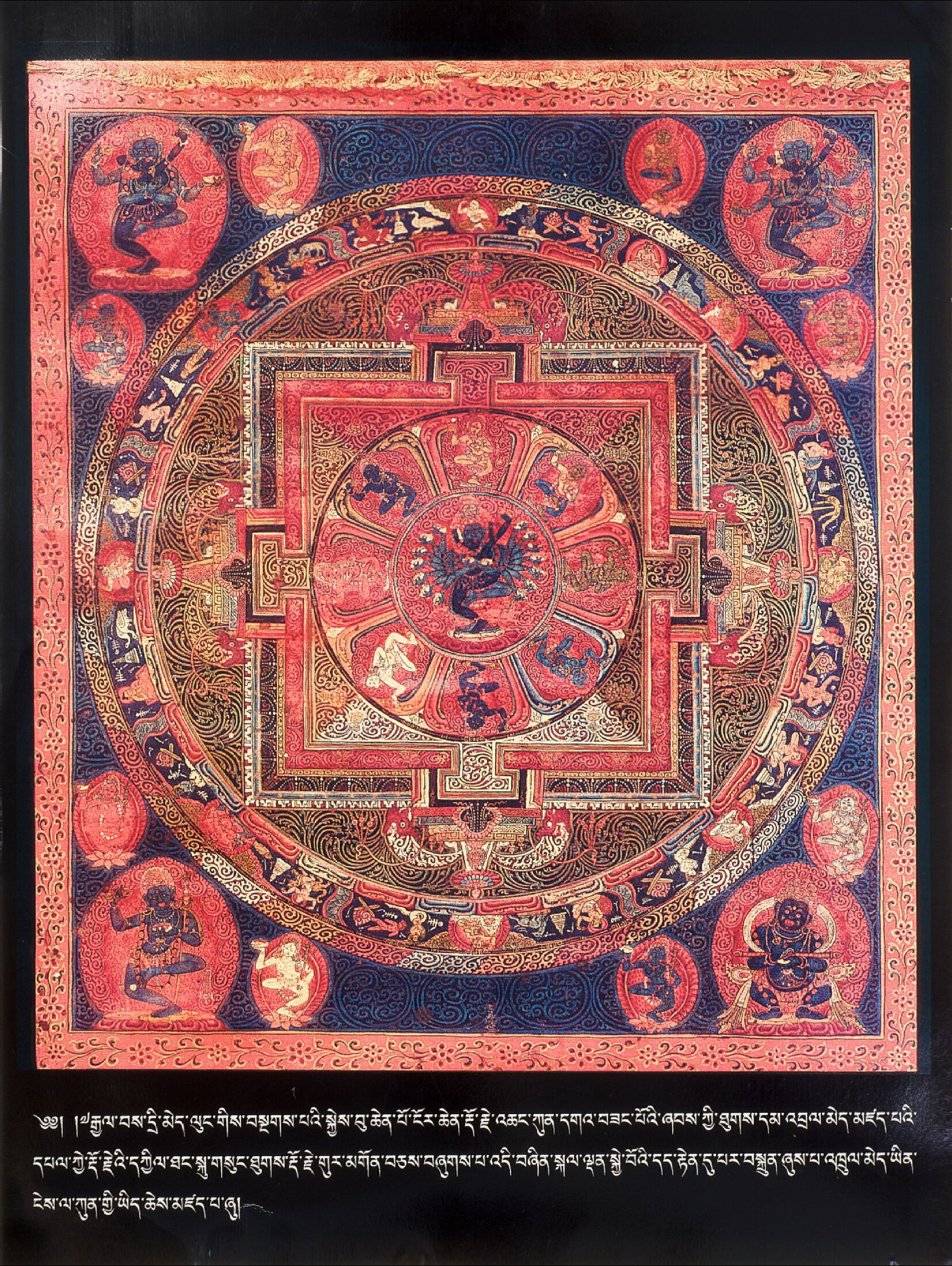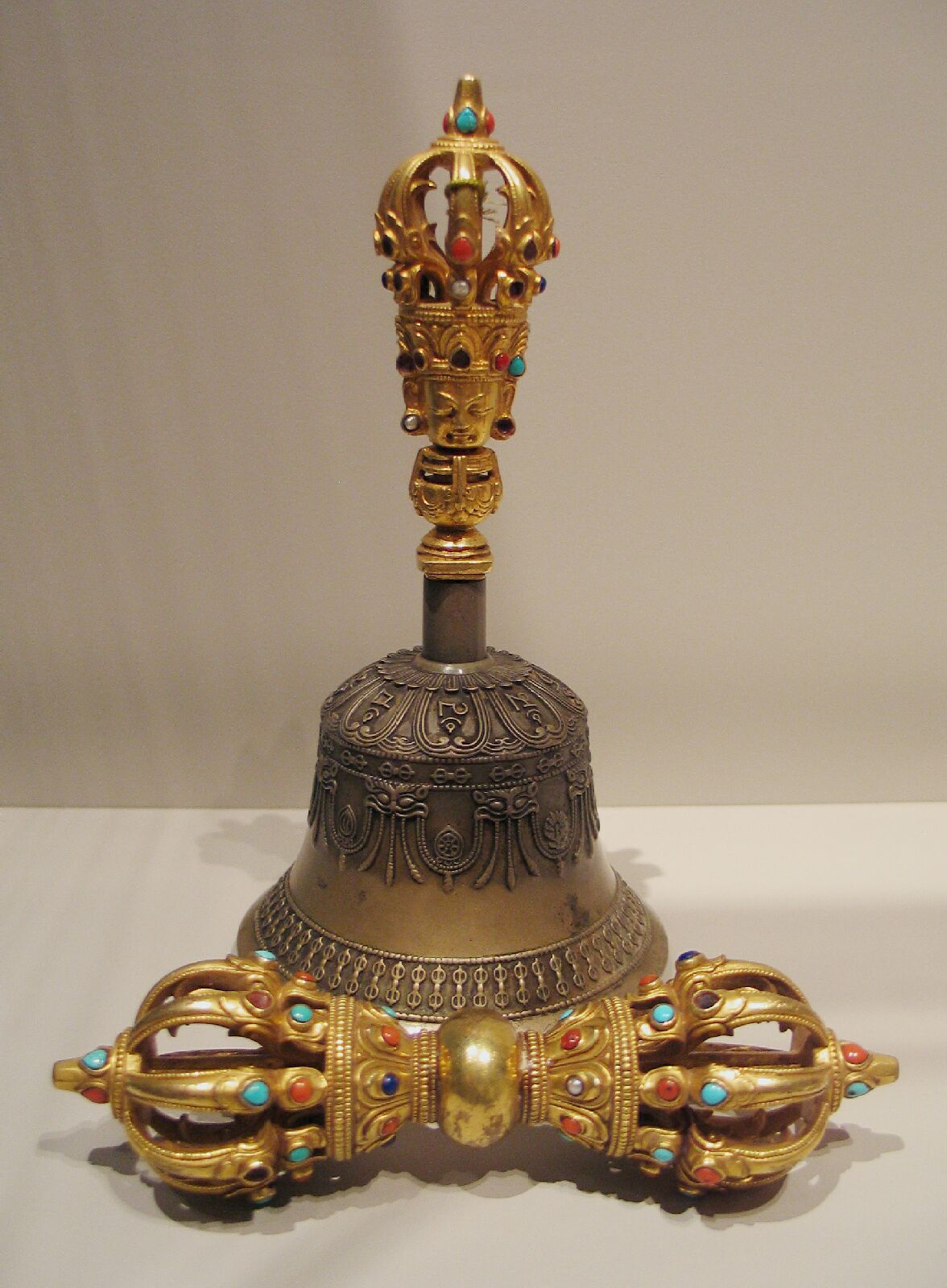Buddhist practice and Buddhist art have been inseparable in the Himalayas ever since Buddhism arrived to the region in the eighth century. But for the casual observer it can be difficult to make sense of the complex iconography. Not to worry—Himalayan art scholar Jeff Watt is here to help. In this “Himalayan Buddhist Art 101” series, Jeff is making sense of this rich artistic tradition by presenting weekly images from the Himalayan Art Resources archives and explaining their roles in the Buddhist tradition.
Himalayan Buddhist Art 101: Possession of Art as Tantric Commitment

Buddhist tantra is a complex system of ritual, meditation, and philosophical training integrated into everyday life. Tantric training requires from its practitioners a number of formal commitments. Sometimes called tantric pledges, these commitments take effect upon receiving an empowerment ritual from a tantric Guru. They can be divided into the three types of human activity: body, speech, and mind.
In most major tantric systems—such as Hevajra, Chakrasamvara, and Kalachakra—there is a body commitment to own and keep in one’s possession a drawing, painting, or sculpture of the meditational deity relied upon for personal practice. The representation of the deity is used as a physical object of support and a reminder of the practice. It is considered special and personal and not publicly displayed or shown to others.
The example here is a Hevajra mandala, believed within the Sakya tradition to have been owned by Ngorchen Kunga Zangpo (1382–1456), the founder of Ngor Ewam Monastery. Whenever Ngorchen travelled, either on pilgrimage or to teach, he carried this image with him as one of his tantric commitments.


In the painting Ngorchen is depicted with two hands folded at the heart in a teaching gesture. He holds the stems of two flower blossom; a vajra scepter placed above on his proper right side and a bell on his left. The possession of a vajra and bell, representations of the mind, is also required as a tantric commitment. Strictly speaking, like the painting of Hevajra shown here, the vajra and bell are also to be kept secret and not shown to others.
In modern times many of these tantric rules, pledges, and commitments are not strictly kept. The existence of these tantric rules does, however, explain the ubiquity of tantric Buddhist deities in painting and sculpture and the abundance of vajra scepters and ritual bells floating around.
Thank you for subscribing to Tricycle! As a nonprofit, we depend on readers like you to keep Buddhist teachings and practices widely available.